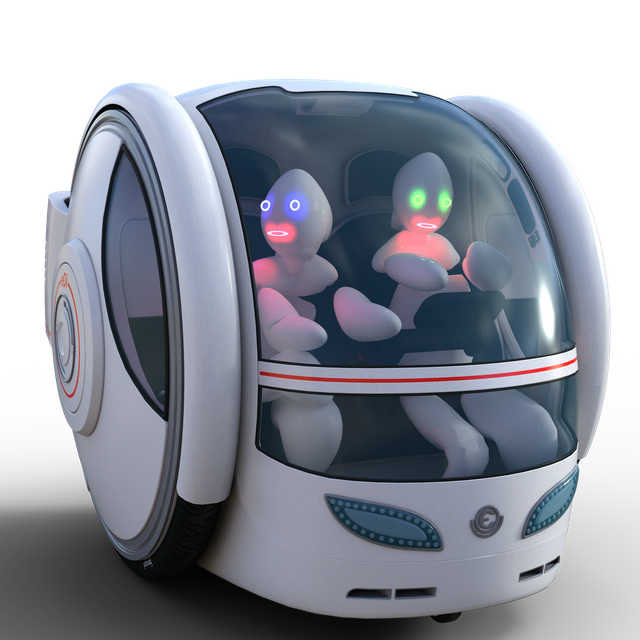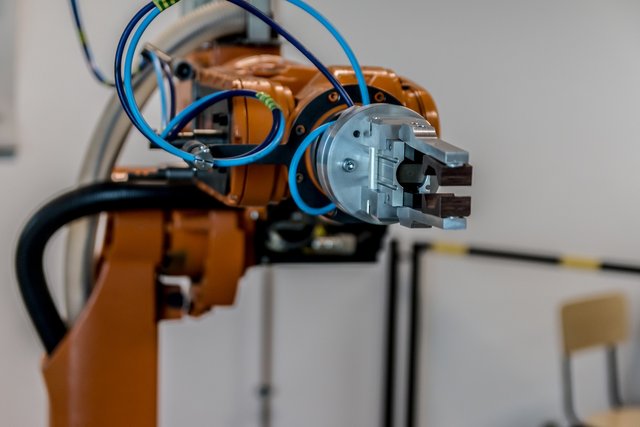AUTOMATION VERSUS ARTIFICIAL INTELLIGENCE; ARE THEY SAME OR DIFFERENT?
Automation versus artificial intelligence is just a way of making sure we compare and contrast the two items in view and see if they are totally different or are similar either in nature or in their mode of operation, automation sometimes referred to as automatic is all around us; from your pressing iron, fridges to your cars and down to your place of work, you will see them or experience their effects in your everyday life. But before we continue let us look at a brief definition of automation
Automation according to techopedia is the creation of technology and its application in order to control and monitor the production and delivery of various goods and services.
This definition kind of nailed it for me, but to break it down further, automation can simply be defined as the control of processes normally done by humans by machines. This will blend in the picture embellished in the mind of most people that when you talk about automation, the next thing is a car assembly line with various robotic arms some welding, while some spraying e.t.c.
Little wonder, the car industry started with manual gear, but due to advancement ended up with what they have started in their factory a long time ago, automatic gear system. They’ve just automate your car like their factory and it is even getting more complex now with self-driving cars, although these cars are controlled with artificial intelligence and at the same time are partly automatic. This makes me wonder whether they are also thinking of automation versus artificial intelligence just as I am thinking right now.
But before we really delve into automation versus artificial intelligence to know the difference or even know which is better out of the two, I will like to talk about automation briefly and what goes behind the scene but will leave artificial intelligence out because I have already discussed on it previously but if you will like to know about it, you can just click here.
AUTOMATION
Automation is simply making a process that would have otherwise be manual automatic. Most these processes are repetitive. Let break it down a bit, you want to drive to work, but before you will get there you have to drive 1 km which will bring in contact with 3 intersections, meaning you will to slow down or even stop along the journey, all these will require you to change the gears so many times( repetitive action).
But this type of action is gradually fading away with the introduction of the automatic gear(automation) change in cars, all you just have to do is drive or slow down when you are required to and the car automatically change the gear for you without your notice.
Or you take your ordinary pressing iron and set it to a pre-determined temperature and plug, you don’t have to worry about getting your shirt burnt while ironing provided that is the right temperature for that particular material. The iron will automatically switch on and off to regulate the temperature for you.
Automatic systems comes in different forms, they can be mechanical, hydraulic, pneumatic, electronic or computerized in nature but will basically use the same mode of operation.
MODE OF OPERATION
Automatic systems works on a set of pre-defined rules, i.e. if condition A is satisfied, process B should proceed, that’s why they use control systems in their mode of operation.
A control system is basically components that have specific pre-determined conditions for a particular system and monitors that system for any change in the pre-determined conditions set, so that if there is any error, a correction can quickly be made.
The control system in your iron is mechanical in nature, and had been set for various ironing temperature which you can select by turning the knob. When the pressing iron is switched on, the thermostat(i.e the mechanical control system) record your pre-determined temperature and monitor the temperature of the environment ,once the temperature of the environment gets to your pre-determined temperature, it trigger off; the correction(to decrease the temperature) by switching off the system.
After switching it off, it will continue to monitor the system and when the temperature drops, it will trigger the correction (to increase the temperature) and thereby switch on the pressing iron. This is basically the foundation of all automation, some are quite complex than this, but if you can understand this one, then you can understand even the most complex control system.
Having a grasp of what automation is, let go back to compare and see whether they are the same or different so that we can know all about automation versus artificial intelligence.
AUTOMATION VERSUS ARTIFICIAL INTELLIGENCE

car of the future | picture credit: pixabay
Automation as we have seen is a rigid and straight forward conditions set for a system to perform, if one or none of the conditions are fulfilled, then the system lies dormant.
This is the point artificial intelligence is trying to bridge. Artificial intelligence is a system that try to behave just a normal human would in any condition and not a set of pre-determined condition.
So going with these, we can see that automation and artificial intelligence are not the same, but they are similar and I would like to say that automation gives birth to artificial intelligence;this is just my opinion.
Because looking at it being used in autonomous vehicles, it makes the cars more automatic than they were before and making the human just a passenger in his own car, that why I said it was kind of weird but good.
So finally to put a nail on the coffin of automation versus artificial intelligence, the similarity between the two is that they both make any process they are employed to do automatic and the “but” that makes the difference between them is that they don’t run on the same semantics.
